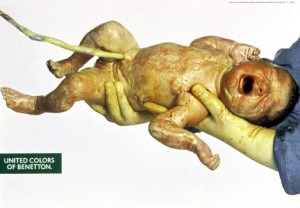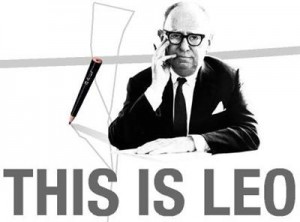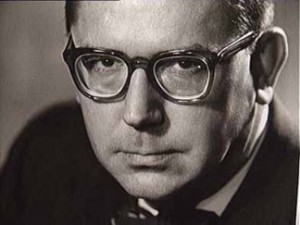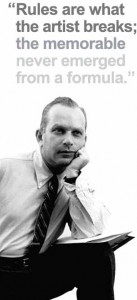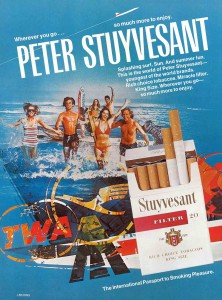by Alex Juryte, first semester IMC student.
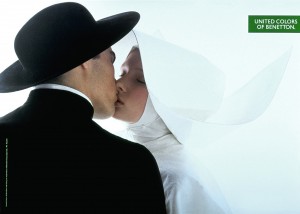 Founded in 1965 by Luciano Benetton, the eldest of four children, born in Treviso, Italy
Founded in 1965 by Luciano Benetton, the eldest of four children, born in Treviso, Italy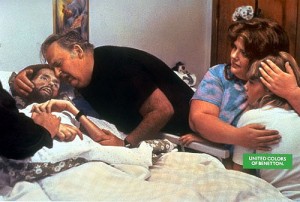 he began hand knitting small sweaters and sold them to local stores in the Veneto Region. He opened his first store the in 1966 and three years later in Paris. The company’s business remains a clothing line and they have marketed themselves as “United Colors of Benetton”.
he began hand knitting small sweaters and sold them to local stores in the Veneto Region. He opened his first store the in 1966 and three years later in Paris. The company’s business remains a clothing line and they have marketed themselves as “United Colors of Benetton”.
Much controversy has come with the international fashion house with the use of offensive graphic images to sell their product. Their most controversial pieces followed when they hired renown photographer Oliviero Toscani who was given carte blanche by the Benetton Group.
Toscani ads (some published here) contain striking images and unrelated to any actual products being sold by the company. Look at these ads depicting a variety of shocking topics/subjects that caused an outcry all over the world.
The unwashed newborn baby with umbilical cord attached resulted in more than 800 complaints to the British advertising Standards Authority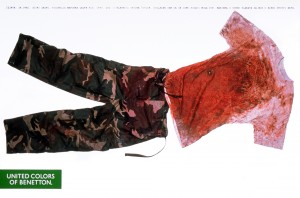 during the 1990s.
during the 1990s.
Other images reflect a black horse mating a white horse; a priest and a nun about to engage in a romantic kiss; a bloodied t-shirt and pants with bullets holes from a solder killed in the Bosnian War. The only resemblance to the company is the logo.
Is it fair to say, that Benetton pushed the boundaries of advertising marketing? Do we agree with the message that Toscani was trying to portray or isit considered “JUST TOO MUCH?”
Let’s have your comments guys!
